Vacuum Casting (VC)
Vacuum Casting is a copying technique used for the production of small series of functional plastic parts. Using two-component polyurethanes and silicone molds, Vacuum Casting is known for its fast production of high-quality prototypes or end-use products.
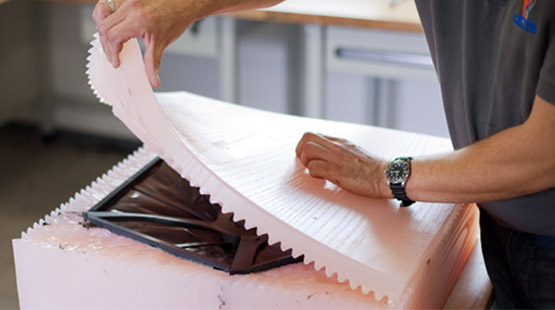
Low Volume Manufacturing
For small series with big impact
Silicone molding results in high-quality parts comparable to injection-molded components. This makes vacuum casted models especially suitable for fit and function testing, marketing purposes or a series of final parts in limited quantities. Vacuum Casting also lends itself well to a variety of finishing degrees, and we can match the finish you need for your parts.
-
Low Volume Production
-
Pre-launch product testing
-
Small series of housings and covers
-
Concept models and prototypes
Have any Questions or Suggestions? We would love to help you!
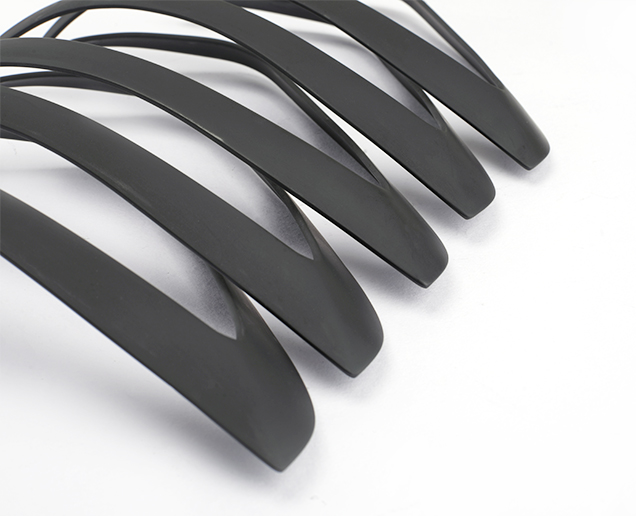
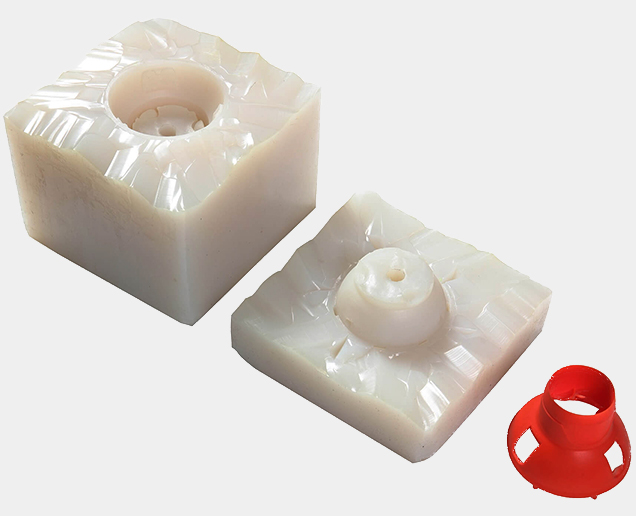
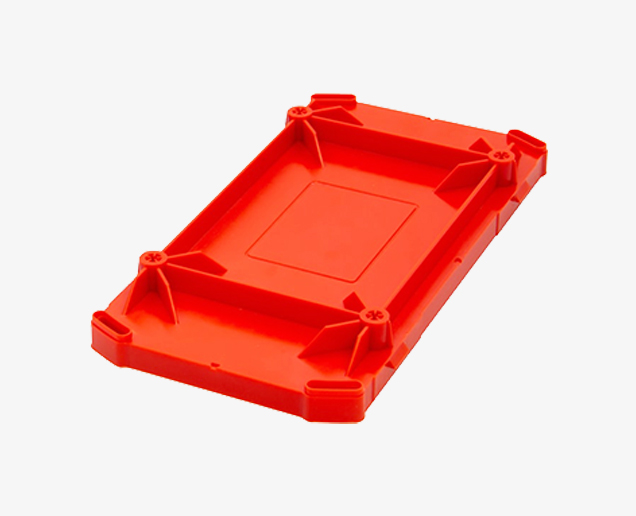

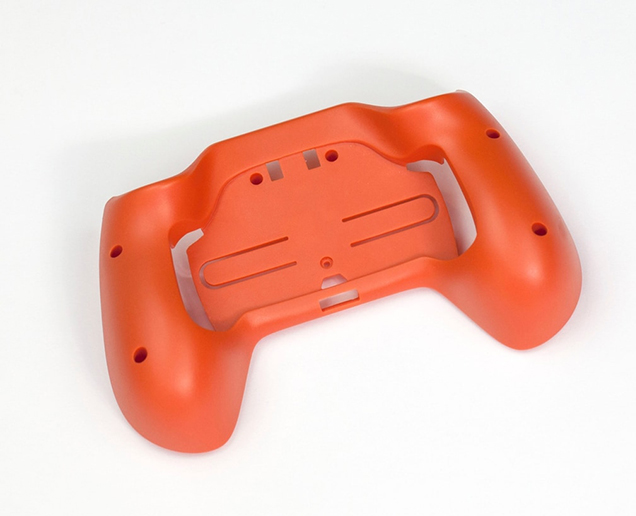
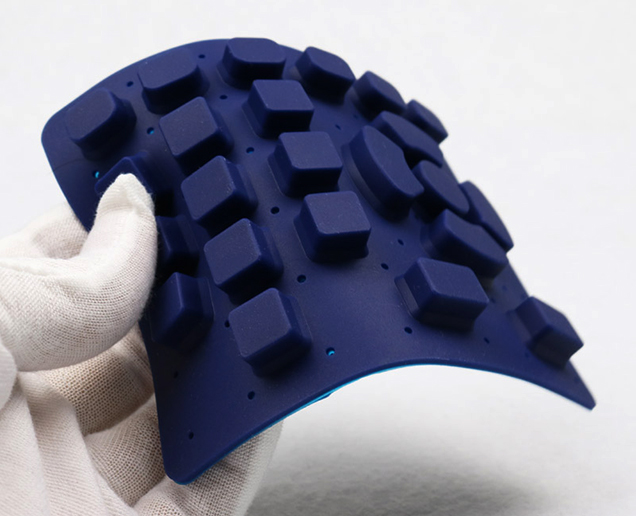
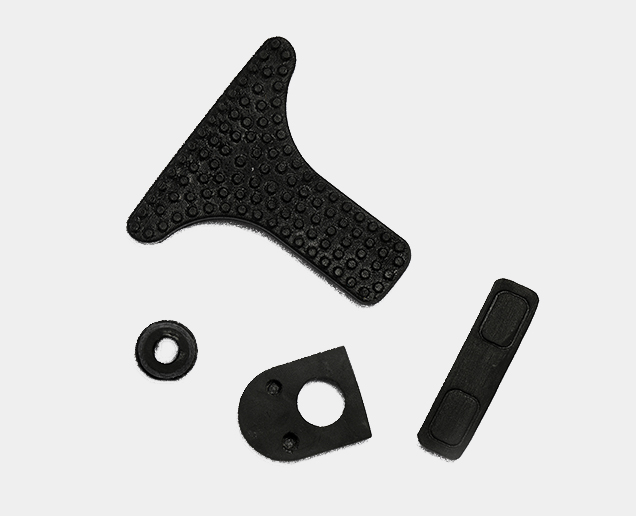
Technical Specification
Standard lead time
- Up to 10 copies within 15 working days
Standard Accuracy
- ±0.3% (with a lower limit on ± 0.3 mm on dimensions smaller than 100 mm)
Minimum Wall Thickness
- To ensure that the mold is filled properly, a wall thickness of at least 0.75 mm is necessary. For best results, we recommend a wall thickness of at least 1.5 mm
Maximum part dimensions
- The size of the mold is limited by the dimensions of the vacuum chamber (1900 x 900 x 750 mm) and by the volume of the product (maximum volume: 10 liters)
Typical quantities
- Up to 25 copies per mold (depending on the mold’s complexity and the casting materials)
Surface structure
- High-quality surface finish comparable to injection molding
Vacuum Casting Materials
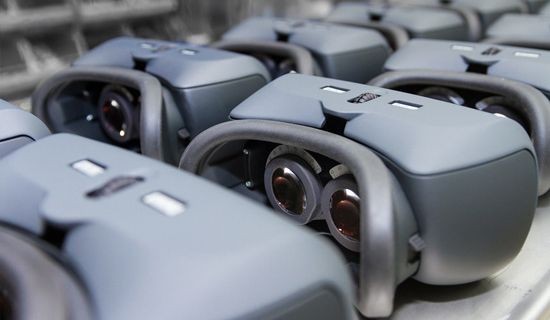
Vacuum Casting Material
– Rubber-like polyurethanes, ABS-like polyurethanes, PE/PP-like polyurethanes
– Materials provide an outstanding variety of properties and offer the possibility to match colours and cast transparent components.
Ready to get started on your Vacuum Casting Quote?
Free shipping on all 3D printing orders*
Benefits of Vacuum Casting
For both beginners and veteran professionals, vacuum casting offers numerous benefits. Here are some of the most prominent ones:
High Accuracy
Zeal delivers highly accurate products with all intricate details in place. When you work with Zeal, you do not have to worry about dimensional accuracy. With our high-quality master model, we can easily create highly intricate designs without problems.
Economical
Aside from saving you time and resources, vacuum casting is also economical for you as a manufacturer or supplier. The equipment is not very expensive, and the materials used are also quite affordable. It makes it a more viable option for small businesses and start-ups.
Short Lead Time
The lead time for vacuum casting is considerably shorter than other traditional fabrication methods. For instance, products made with vacuum casting can be ready for delivery within a few days. That’s because there is no need for any additional tooling or machining once the mould is created. Instead, all you need is the plastic and the vacuum casting machine.
Wide Range of Materials
Vacuum casting allows you to use a wide range of materials, including thermoplastics and thermoset plastics. You can also use different types of materials depending on your requirements. In addition, it makes vacuum casting an extremely flexible technique.
In addition, vacuum casting is an excellent substitute for injection molding ideal for low to medium volume production. It’s because almost all the injection molding materials are available in vacuum casting and the surface finishing is also similar.

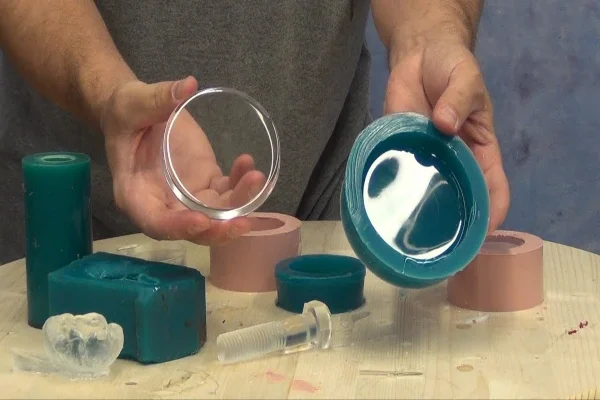
Vacuum Casting Applications
Think beyond typical applications like creating transmission components or decorative parts. With so many inherent advantages, vacuum casting finds use in various industries.
Aerospace Industry
The aerospace domain is one of the most demanding for quality and accuracy. It is where vacuum casting shines with its ability to create high-quality products with precision.
Medical Industry
The medical industry is another sector that requires utmost precision and accuracy. Vacuum casting helps medical device manufacturers create body parts replicas with ease. These parts are used in training medical professionals and carrying out research activities.Automotive Industry
The automotive industry is one of the leading adopters of vacuum casting. It is because vacuum casting helps manufacturers to create high-quality components quickly and economically.Consumer Goods Industry
The consumer goods industry is where the aesthetics of a product play a key role in its success. For example, vacuum casting helps manufacturers create replicas of expensive or intricate designs quickly and easily.Electronics Industry
Vacuum casting is widely used in the electronics industry for creating a broad range of insulation components in bulk and at affordable pricing.Have any Questions or Suggestions? We would love to help you!
How does Vacuum Casting work?
Vacuum Casting begins by producing a master model, typically using Stereolithography or Laser Sintering, with a high-quality surface finish. Then a silicone mold is produced by casting silicone around the master copy, partially under vacuum to avoid air bubbles. After curing, the silicone mold is cut according to pre-defined parting planes and the master is removed, leaving a cavity to make copies.

The 3D model
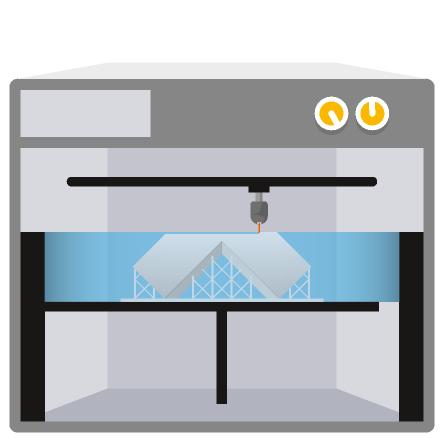
The master part is built in Mammoth Stereolithography

The support is removed and the master part is finished

The master is immersed in silicone to form the mold

Polyurethane is poured into the mold and casted under vacuum

The excess material is removed

The support is removed and the master part is finished
